Inside: Four practical tips to help your kids sit all the way through dinner — from ergonomic sitting to color on placemats, enjoy your meals again!
Did you hear that kids in France apparently can sit through dinners that last hours? Or have you ever heard the saying — the families who eat together, stay together? Or that dinnertime is the best time to connect as a family?
Well, I am not sure that any of that is true per se, but I do think there is something to be said about connecting around a shared meal. Which is hard to do when your toddler or preschooler is decidedly unlike those kids in France!

How to get your kids to sit through dinner. Four tips that work!
1. Have Your Child Join In Meal Preparation: Give them a Job
Young children love jobs and they love to be included and to do it “myself!” Once I began asking my son to help me get dinner ready, he became more invested in the whole dinner time ritual.
He would help with the food preparation sometimes, but what he really liked doing is helping to set the table. I cleaned out a lower cabinet and put all of his dishes and cups in it so it is easy for him to reach and so he has a spot in the kitchen.
I also put an extra set of measuring cups and spoon in there. He loves to help measure! He also loves to pour a small picture, so if I have any kind of sauce he is extra excited for dinner and to do his part as the saucier. He also started helping put away dishes in his cabinet and sort the silverware!
Being included in prepping for dinner helped my son be more willing (sometimes even excited!) to sit down and be a part of dinner.
2. Check Your Child’s Seat: Give Them Support
As I was searching for ideas to help my son sit through dinner I came across this excellent post at Your Kids Table: How to Seat Your Child for Mealtime and Why it Matters. I highly recommend clicking over and reading that post yourself, the author is a Pediatric Occupational Therapist which means she is uniquely qualified to talk about sitting positions and kids.
Honestly, this was something I never thought about myself as my son doesn’t *need* a booster like he did when he was younger, but what she says about sensory input for the feet and sitting with the hips, knees, and ankles at a 90-degree angle makes so much sense!
I purchased this booster seat which is specifically designed for big kids aged 3 and up to raise him up the right level at the table and used a two-step stool to create the 90-degree angle for his feet.
My son now actually sits through a whole meal and he’s comfortable. It’s amazing! Now, an hours-long French meal, I still have my doubts. But, no more getting up and down, hanging on Daddy, spinning around, etc. All of those behaviors stopped when we changed his seating position and gave him proper sensory input through his feet.
3. Have a Rotation of Fun Placemats or a Coloring Tablecloth: Give Them Something to Do
This one is simple, but it helps. I think this actually helps more at breakfast and lunch when I am still moving around the kitchen and he is sitting by himself. Or, this could be perfect for special occasions and holiday dinners.
Another idea is to cover your table with butcher paper and encourage your kids to color the table while eating. I don’t do this all of the time, but last summer vacation I decided to do it on a slow week to make mealtime more fun.
The Coloring Table – Holiday Design


4. Do a Fun Activity as a Family During Dinner: Skip the Forced Conversations
I don’t know many toddlers or preschoolers who can carry on a conversation about their day at the dinner table. We do talk about what each of us did during our day, but it is a pretty short conversation at this age. Who says dinner time has to be about a conversation, especially with little kids?
What really counts is making that connection as a family and establishing the dinner table as a place where you can have fun together. So, why not play a game of some kind? Here is a great list of games from the Family Dinner Project for ages 2 to 100!
Conversation starters are a great way to connect around the dinner table as well. Print these conversation starters out at home on cardstock — there are questions just for fun, getting to know your child questions, gratitude questions, growth mindset questions, and more!
My favorite game to play at the dinner table was introduced to me from What Do We Do All Day‘s post on Why You Should Ban Dinner Conversation (And What To Do Instead). It’s really worth clicking over and reading her perspective.
Her go-to activity at dinner for her family is Mad Libs! Seriously, this works! We have had so much fun and laughter creating and reading Mad Libs at dinner. My son is four, so I purchased Mad Libs Junior, which gives you a list of words for each category. We read the list, he chooses the word, and hilarity ensues. Dinner time just became fun family time (to my amazement)! Goal accomplished!
I hope some of these tips transform your dinner time like they did for us!
Happy eating!
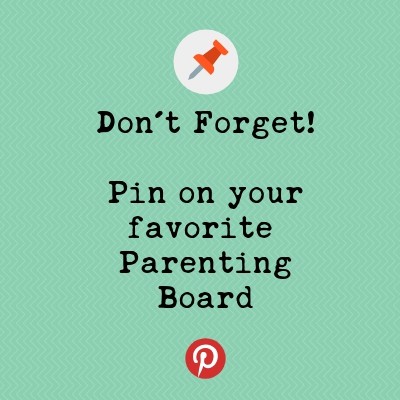
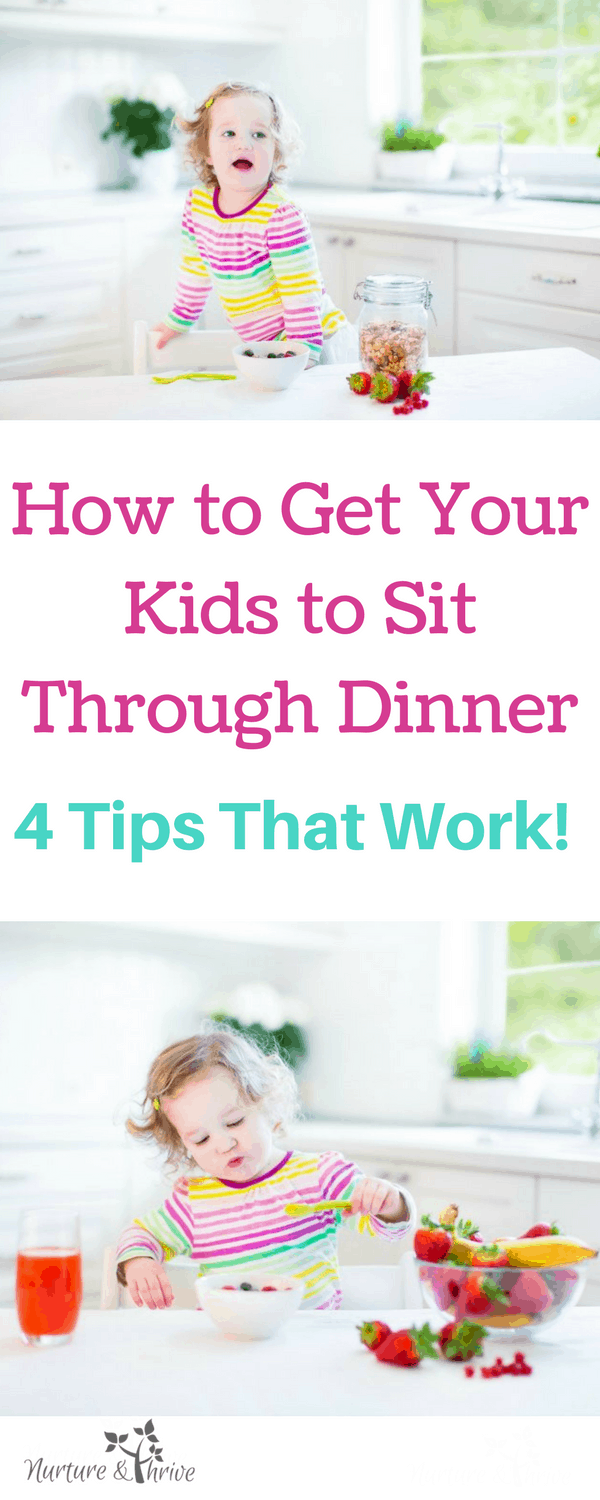
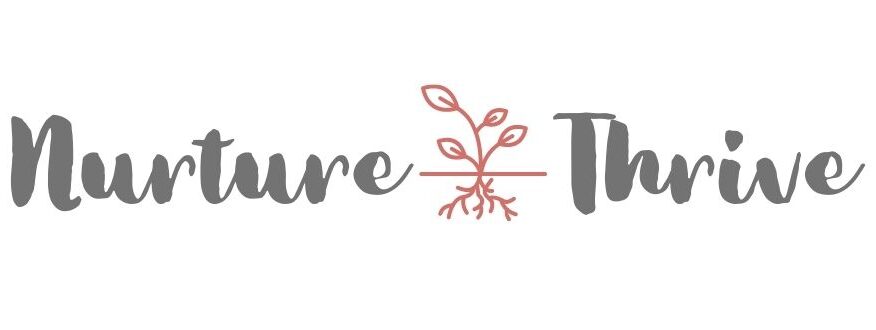
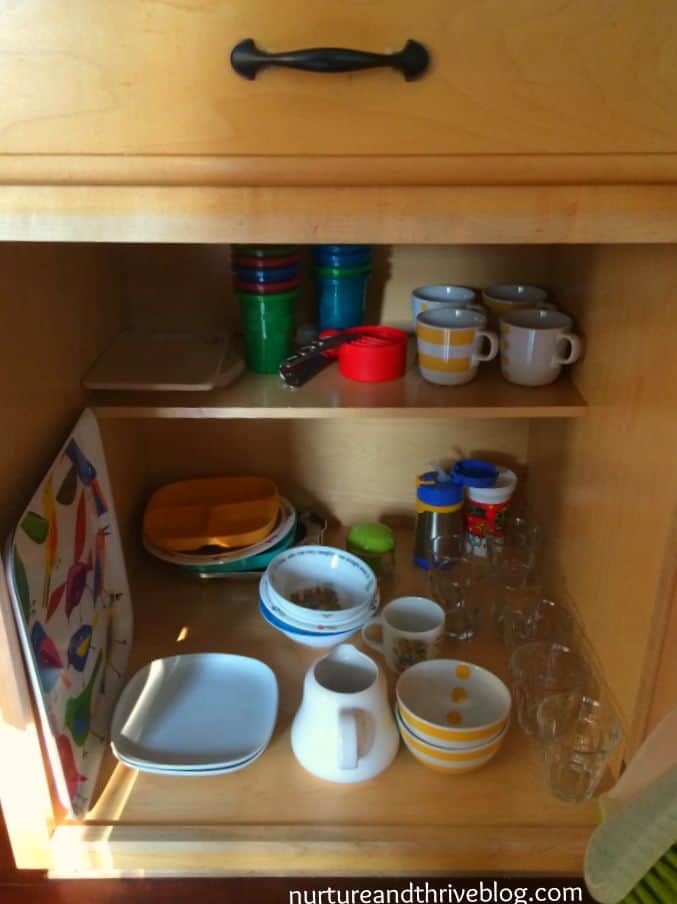

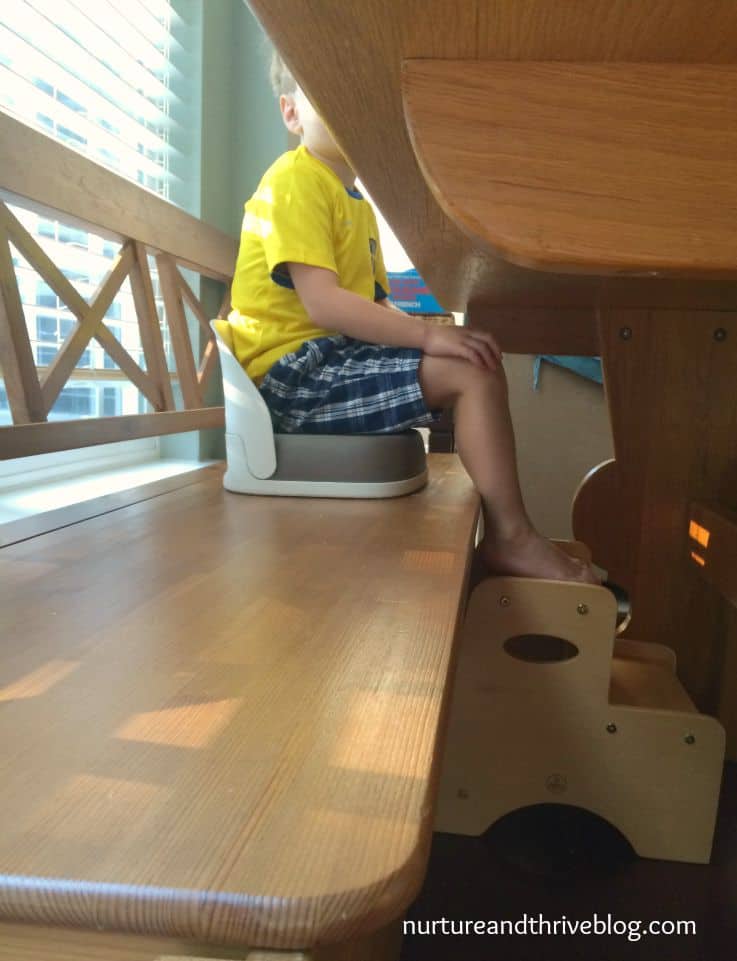

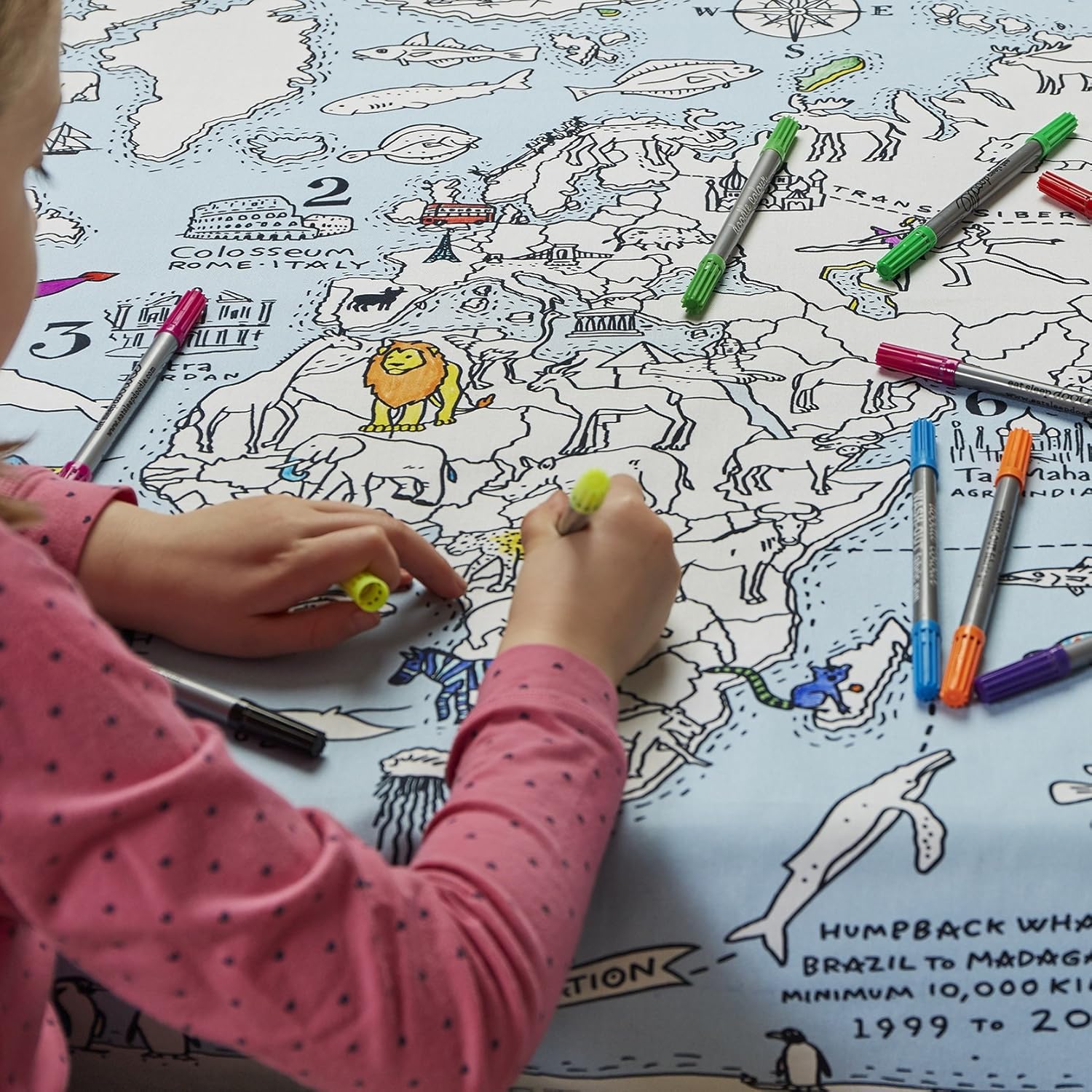



 Fun Preschool Math and Matching Game
Fun Preschool Math and Matching Game